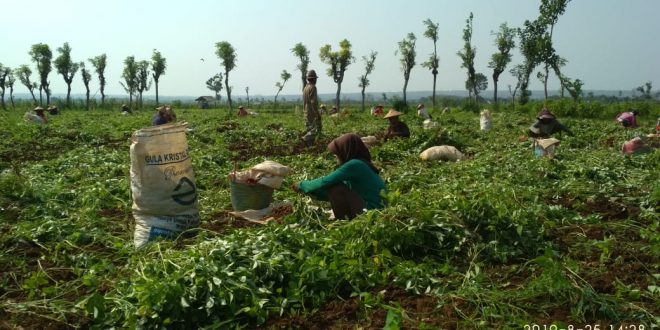
Journal of Agriculture and Crops 2(11): 113-120.ĭapaah HK, Mohammed I, Awuah RT. Genotype by environment interaction and kernel yield stability of groundnut (Arachis hypogaea L.) varieties in western Oromia, Ethiopia. African Journal of Biotechnology 9(15):2234-2241.ĭabessa A, Alemu B, Abebe Z, Lule D. Growing degree day and sunshine radiation effects on peanut pod yield and growth. Indonesian Agency for Agricultural Research and Development Ĭanavar Ö, Kaynak MA. Indonesian Legumes and Tuber Crops Research Institute. The Description of Improved Cultivars of Legumes and Tuber Cops. Journal Food and Science Technology 53(1): 31-41.īalitkabi. Indonesia Village Economical Development Series.Īrya SS, Salve AR, Chauhan S. Choosing managements of Growing Peanut as an Effort to Improve the Lives of Haharu. #.details#Īnggrayani S, Sebastian G, Purnomosidhi P, Suryasdi A, Ismawan IN, Hanggawali N, Mulyoutami E, Rosthetko JM. In summary, the improved cultivars, especially Hypoma 1 is highly recommended for cultivation by the farmers in Sumba Timur because of their high pod yields and organic matter content in soils after the plants harvested. In addition to high pod yield production, Hypoma 1 also produced 6.1 t ha -1 fresh haulms, and those of improved cultivars were 5.3-7.2 t ha -1. Hypoma 1 cultivar gave the highest yield with 2.313 t ha -1 of dry pod yields or 257% higher than that of Local Sandel. The results indicated that the improved cultivars performed better than the local cultivar, i.e., their pod yields were 1.75-2.57 times higher than that of Local Sandel. Captan fungicide was applied as seed treatment, and Deltamethrin insecticide were applied two times during the growing period.

A 100 kg ha -1 of composite NPK fertilizer was applied at sowing time, and the water source was merely from rainfall. The treatment was peanut cultivar, i.e., Local Sandel, Bison, Gajah, Hypoma 1, Hypoma 2, Kancil, Kelinci, Takar 1, Talam 1, Talam 2, and Tuban that belonged to Spanish type except Kelinci that was a Valencia type. A randomized block design with three replicates was applied in each site.

Ten improved peanut cultivars and one local cultivar were grown in two sites: Laipori and Palakahembi Villages. The experiment was conducted to assess the performance of improved cultivars grown in dryland with low rainfall at Sumba Timur District of East Nusa Tenggara Province, Indonesia during February-May 2017. The dryland areas with semi-arid climates, where there is only one growing season, are the potential areas for peanut cultivation. Despite its health benefit, farmers sell all pods for cash. The seeds contain oil, protein, and carbohydrate which are beneficial to human health.

Peanut ( Arachis hypogaea L.) is the fourth major food crops in Indonesia after rice, maize, and soybean. Yield performance of several peanut cultivars grown in dryland with semi-arid climate in Sumba Timur, Indonesia. Rahmianna A, Wijanarko A, Purnomo J, Baliadi Y.


 0 kommentar(er)
0 kommentar(er)
